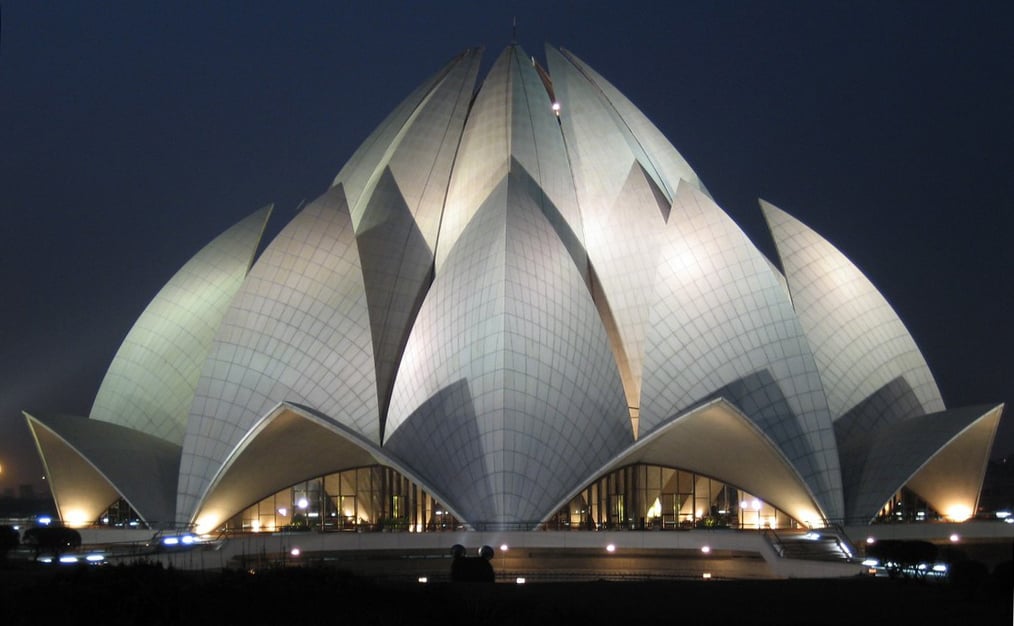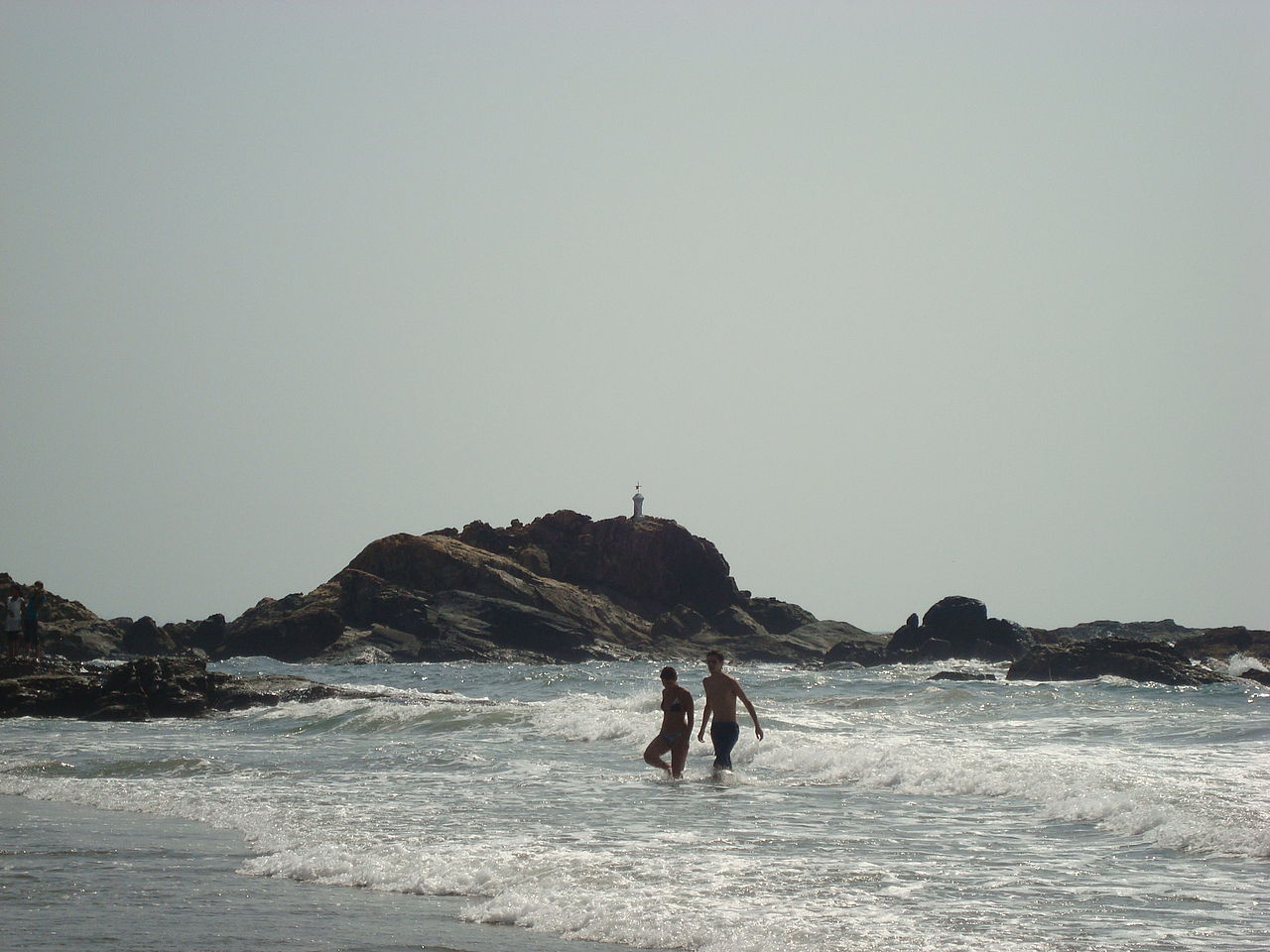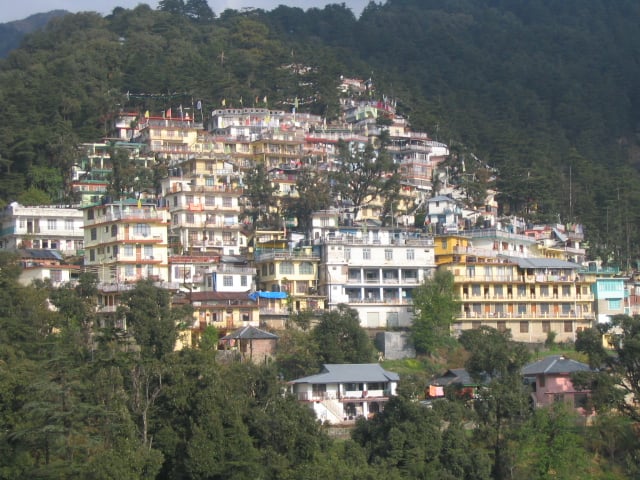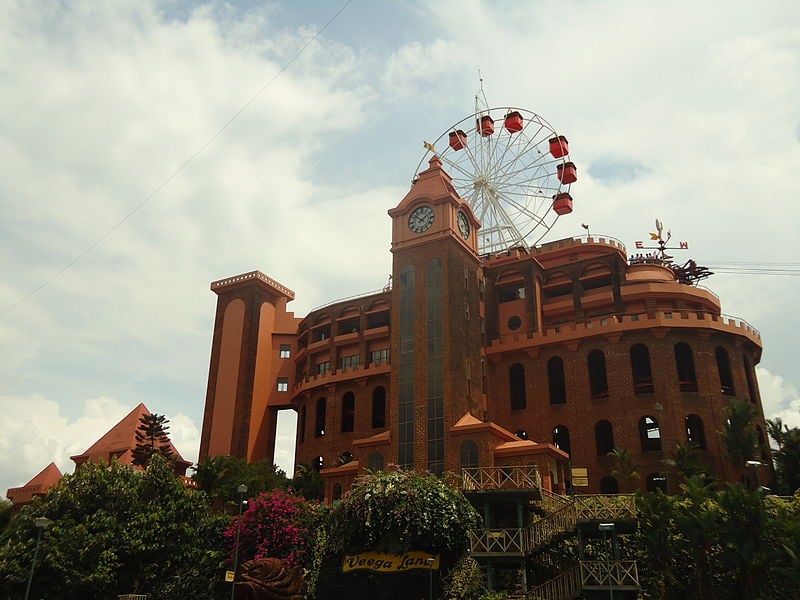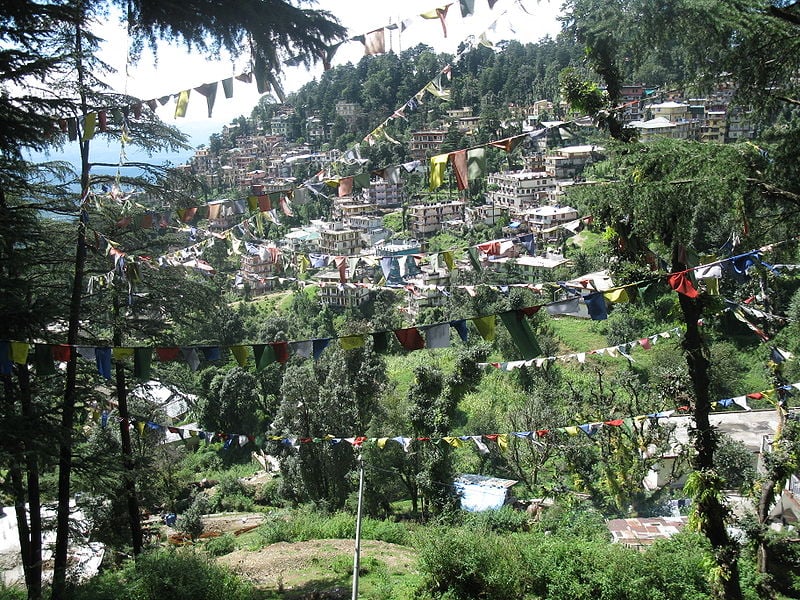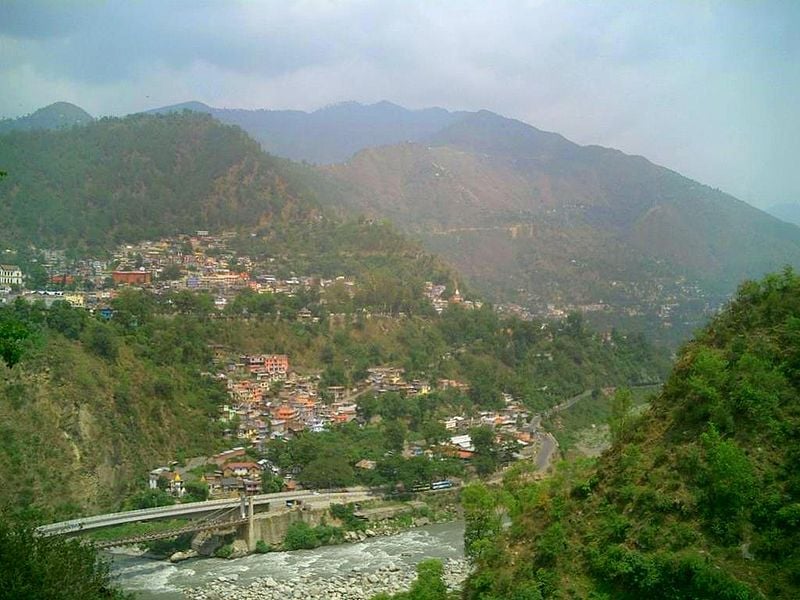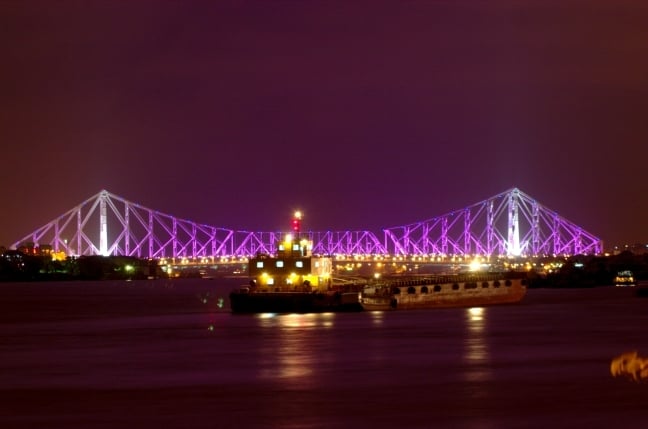The Lotus Temple in Delhi, a place of worship for those belonging to the Bahá’í faith, is one of the most visited architectural marvels of the world. It had opened in 1986. Entry is free and the premises are tranquil, clean and colossal. Naturally, the Lotus Temple ranks high on the must-visit list of tourists making a trip to Delhi.
History
The Lotus Temple is the last of the seven major Bahá’í Temples in the world. It was built in 1986 with an intention to uphold the elegance and simplicity of the Bahá’í faith. The design, though grand in itself, shows a sheer disregard for ostentatious embellishments. This has been done in keeping with the clarity of the Bahá’í school of thought.
Things to Do at Lotus Temple
You can either go solo or visit this architectural marvel in a group. When you enter the prayer hall of the Temple, you can feel peace of mind. Eternal tranquility rests in the Temple that calms your nerves. You feel an irresistible urge to pray and meditate.
When you are done with the meditation, come out in the open and admire the peaceful waters of the nine pools surrounding the temple or take a walk around the landscaped gardens.
Nearby Attractions
Plenty of attractions, ranging from Mughal-era mosques and tombs to contemporary landmarks, are located in the vicinity. The Humayun’s Tomb, India Gate, Akshardham Temple, Jama Masjid, Connaught Place, Bhairon Temple, Kalkaji Devi Temple, and ISKCON Temple, are some of them.
Where is Lotus Temple?
The Temple is located in the village of Bahapur in Southeast Delhi, the capital of India.
How to Reach?
By Air – The Indira Gandhi International Airport is the nearest one to the Lotus Temple. A 40-minute drive is all it takes to cover the distance of 17 km.
By Train – The closest railway station from Lotus Temple is the Nizamuddin Railway station, which is just 7 km away. It would take no more than 30 minutes to reach there. The biggest railway station, the New Delhi Railway Station, is 15 km from the Temple and requires a 45-minute drive. If you avail the Delhi Metro train, get down at Kalkaji Mandir Metro Station. From there, it’s a 15-minute walk.
By Road – Lotus Temple is very well connected to all parts of Delhi via road.
Accommodations
Some of the most convenient and affordable accommodations near the Lotus Temple are Zip By Spree Hotel Bluestone, Comfort Homestay, Clarks Inn, Hotel Cosy Palace, Eros Hotel, Oodles Residency, Hotel Stallions, and Hotel Arien International.
Restaurants
The list of popular restaurants in Delhi can be endless. To try best street food in India, come to Chandni Chowk in Old Delhi. Apart from that, some of the most preferred locations to eat in Delhi include Karim’s near Jama Masjid, Hotel Sarvana Bhawan, Gunpowder, Rajdhani, Bukhara, Eau de Monsoon, Moti Mahal, Sita Ram Diwan Chand, Pandara Market, and Sagar Ratna.
Best Time to Visit Lotus Temple
Since Delhi gets very hot during summer and extremely cold during winter months, it would be a good idea to visit the Temple during spring and autumn. The months from February to April and late September through early December are ideal.
Things to Remember
The Lotus Temple is open on all days of the week except Mondays.
Timings:
October 1 to March 31: 9:00 am to 5:30 pm
April 1 to September 30: 9:00 am to 7:00 pm
Admission into the Lotus Temple is free.
Photography is prohibited inside the Temple.
Facts about Lotus Temple
- The chief architect, Fariborz Sahba, is a follower of the Bahá’í faith.
- There are six other Bahá’í houses of worship around the world: Apia (Western Samoa), Sydney (Australia), Kampala (Uganda), Panama City (Panama), Frankfurt (Germany), and Wilmette (USA).
- The Lotus Temple has been featured in the Guinness World Records 2001.
- The Temple has also found a place of eminence on the face of Indian postage stamps.
- It is visited by close to 10,000 people everyday.
- The Temple has 27 free-standing marble-petals and 21,000 sq. m. of area in curves and slopes.
- The marble that covers the surface of the petals has been culled from Penteli Mountain in Greece.
Image credits : Jeremy Vandel
